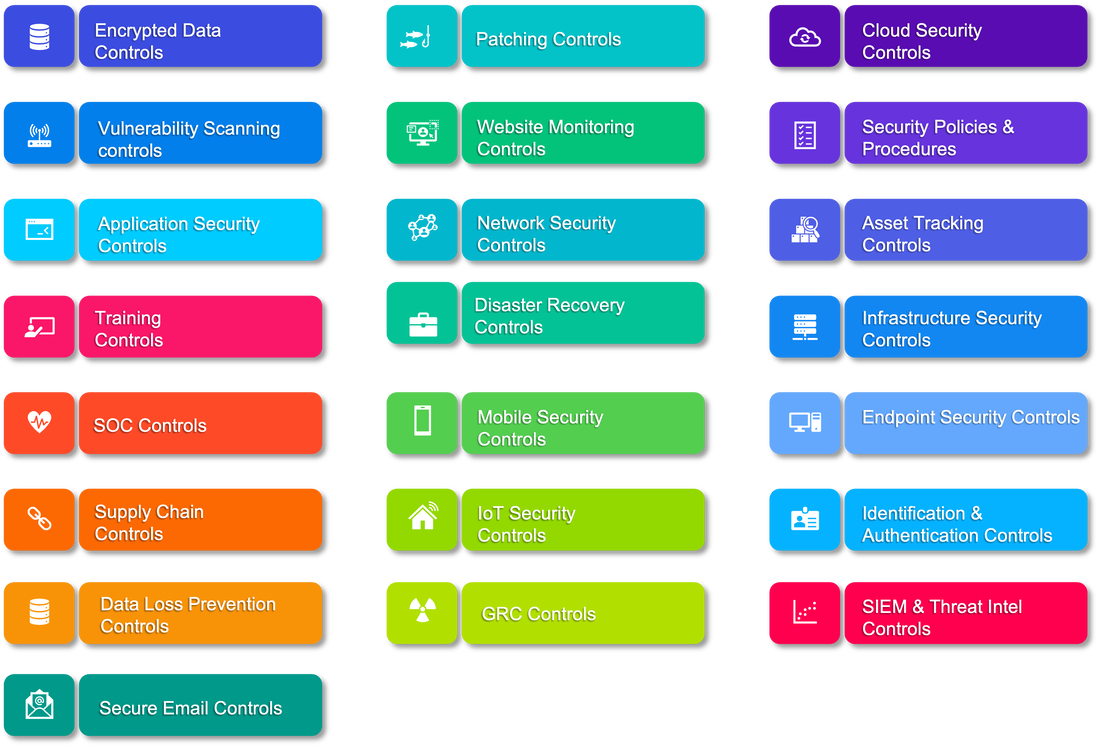Cyber security controls
|
Security controls are countermeasures implemented to protect various forms of data and infrastructure vital to an business. Controls are used to avoid, detect, counteract, or minimise security risks. Cyber security controls are the countermeasures that companies implement to detect, prevent, reduce, or counteract security risks. They are the capabilities that a business deploys to manage threats targeting their computer systems and networks. Security controls can be physical, technical or administrative and include policies, training, techniques, methodologies, action plan, devices, and customised solutions to avoid, detect, and prevent intruders and minimise the security risk befalling the individual or organisational proprietary information systems, etc.
Controls must be agile and adaptable, as they will need to flex to counter an evolving cyber threat landscape As such, every organisation requires to understand the best controls suitable for addressing their security concerns. Along with protecting against cyber threats, security controls majorly help linger away from hefty fines and penalties that regulatory bodies such as the General Data Protection Regulation (GDPR) impose 20 million to 4% global turnover in case of cyber attack ending in sensitive data exposure. Cyber security controls are risk driven, where these risks are in turn driven by an organisations threat landscape, exploitable vulnerabilities, efficacy of existing controls and probability and impact of a risk materialising. Industry analysis indicates that organisations typically spend up to 13% of their IT budget on cyber security. |
Shape Divider - Style curve_asymmetrical

